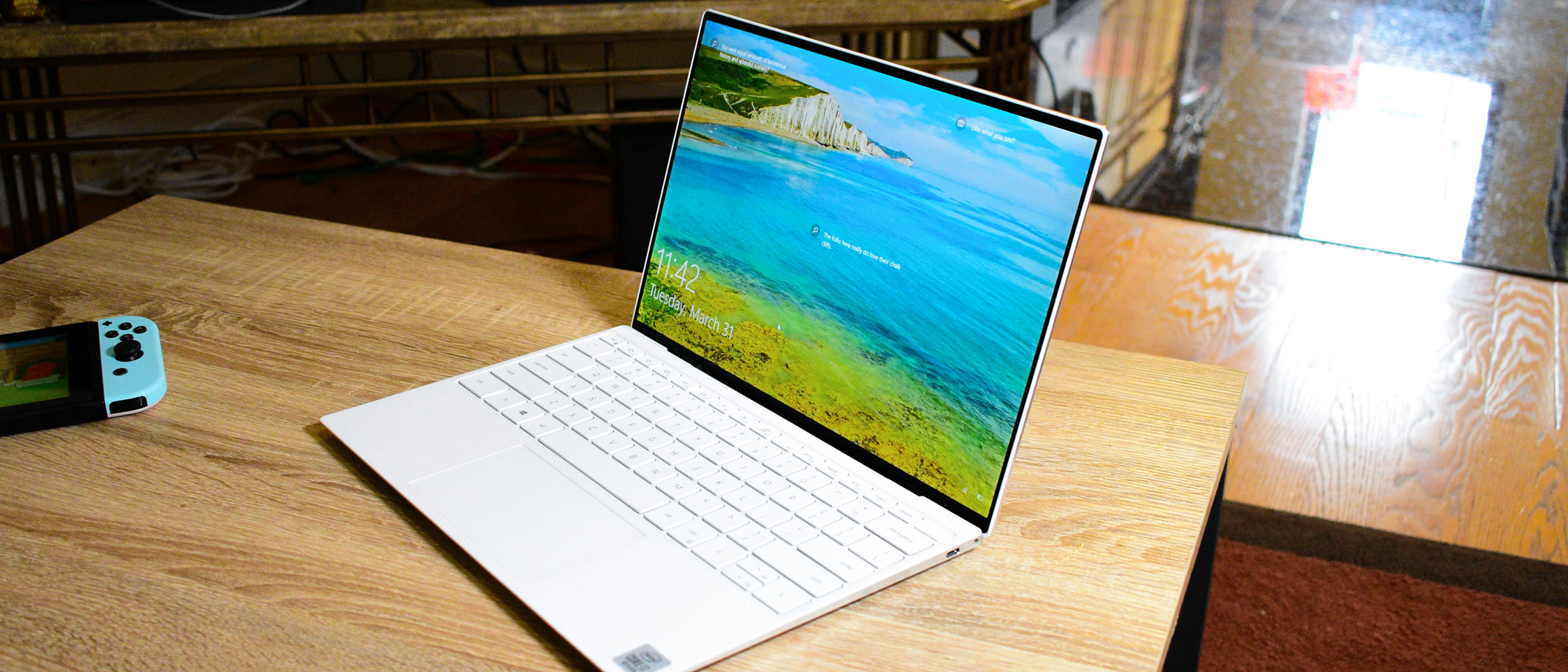TechRadar Verdict
The Dell XPS 13 is an extremely luxurious device, with all-day battery life and solid performance – not to mention a design that's something to die for. However, the lackluster audio and high price tag may turn some folks off.
Pros
- +
Gorgeous design
- +
Excellent battery life
- +
Solid performance
- +
Lovely display
Cons
- -
Lackluster audio
- -
Expensive
Why you can trust TechRadar
Two minute review
You can’t really go wrong with a Dell XPS 13. Not only is it a great perennial Windows alternative to the MacBook Air, it’s a fantastic portable that routinely ranks amongst the best Ultrabooks, not to mention best laptops, on the market.
With the Dell XPS 13 (late 2020) model, the XPS line only gets better thanks to its Intel Evo certification that’s only awarded to certain top-performing laptops. To get that certification, a computer must meet certain speed, efficiency, and performance requirements. This also means that the laptop comes at a premium, especially when you get into higher configurations.
The Dell XPS 13 (late 2020) still offers a lot of value for many users, even if it’s not among the cheapest portables around. That’s thanks to powerful internals like a 2TB NVMe SSD, 16GB RAM, an Intel Tiger Lake CPU, and, of course, a gorgeous almost bezel-free 16:10 full HD display which can be upgraded to 4K.
However, it’s not perfect. Like most Ultrabooks, it comes with downward-firing speakers that sound a bit muffled. Laptop speakers are usually not particularly impressive, and the speaker placement on the XPS only makes them more disappointing. Of course, this isn’t unique to Dell and we’ve heard much worse. But, considering the price, we'd really like to hear better on this front.
Altogether, there is very little that is stopping us from highly recommending the XPS 13 to anyone in the market for an Ultrabook. Between its almost-decadent design and its performance, you will hardly find a better laptop. You're just going to have to pay for it.
- Check out our top picks for the best Dell laptops for 2020.
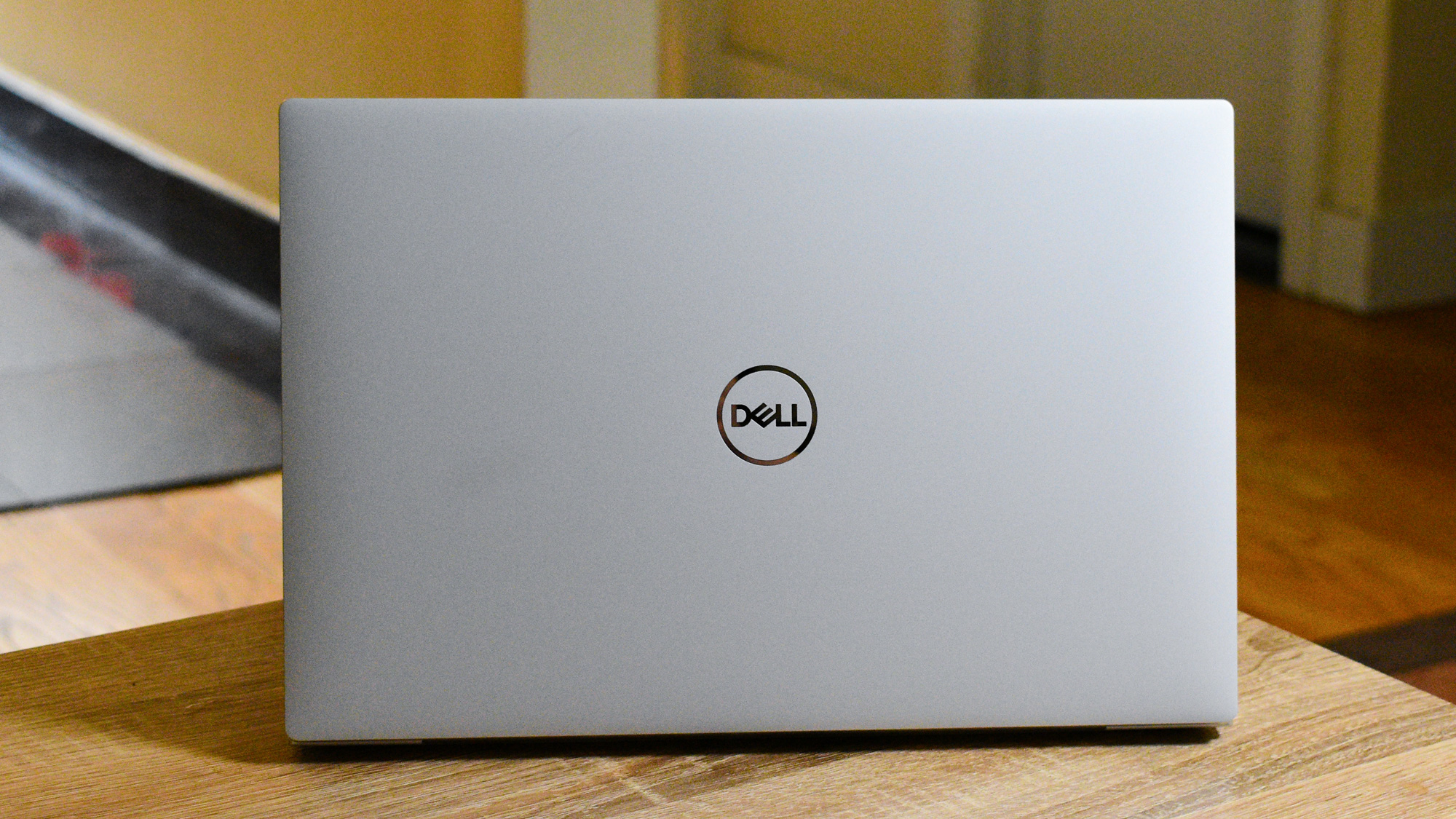
Price and availability
Here is the Dell XPS 13 (2020) configuration sent to TechRadar for review:
CPU: 1.3GHz Intel Core i7-1065G7 (quad-core, 8MB Intel Smart Cache, up to 3.9GHz with Turbo Boost)
Graphics: Intel Iris Plus (integrated)
RAM: 16GB LPDDR4x (3,733MHz)
Screen: 13.3-inch FHD (1,920 x 1,080) touch
Storage: 512GB SSD (PCIe, NVMe, M.2)
Ports: 2x USB-C 3.1 with Thunderbolt 3, microSD card reader, combi audio jack
Connectivity: Killer Wi-Fi 6 AX1650, 2 x 2, Bluetooth 5.0
Camera: 1080p IR Webcam
Weight: 2.8 pounds (1.27 kg)
Size: 11.6 x 7.8 x 0.58 inches (296 x 199 x 14.8 mm; W x D x H)
The Dell XPS 13 9300 starts off at $1,249 (₤1,399, AU$2,499), with a 10th-gen Intel Core i5, 8GB of RAM and a 256GB SSD - or a 512GB SSD in the UK and Australia. At this level, you're also getting a 1080p display without touch capability - you'll have to pay extra to touch your screen.
Of course if that's not enough, you can configure the new Dell XPS 13 with more powerful hardware and better displays, with the price tag going up in turn. The unit we reviewed, with the hardware listed to the right, will set you back $1,749 (₤1,599, AU$3,099), with a 10th-gen Core i7 and a touchscreen. Again, however, we have to mention that the 1080p touchscreen doesn't seem to be available outside the US.
It's definitely an expensive piece of kit, but much like the MacBook Pro it's trying to compete with, the XPS 13 feels like an expensive piece of kit. We have our reservations with charging this much for this level of hardware, but premium design is something you're into, Dell is serving it up here.
And, if you really want to go all-out with it, you can have Dell strap a 4K touch screen on here for an extra $200 (about ₤160, AU$330) and a 2TB SSD for an added $300 (about ₤250, AU$500). This means that with everything added up, a fully kitted out Dell XPS 13 9300 is going to set you back a whopping $2,249 (about ₤1,850, AU$3,720).
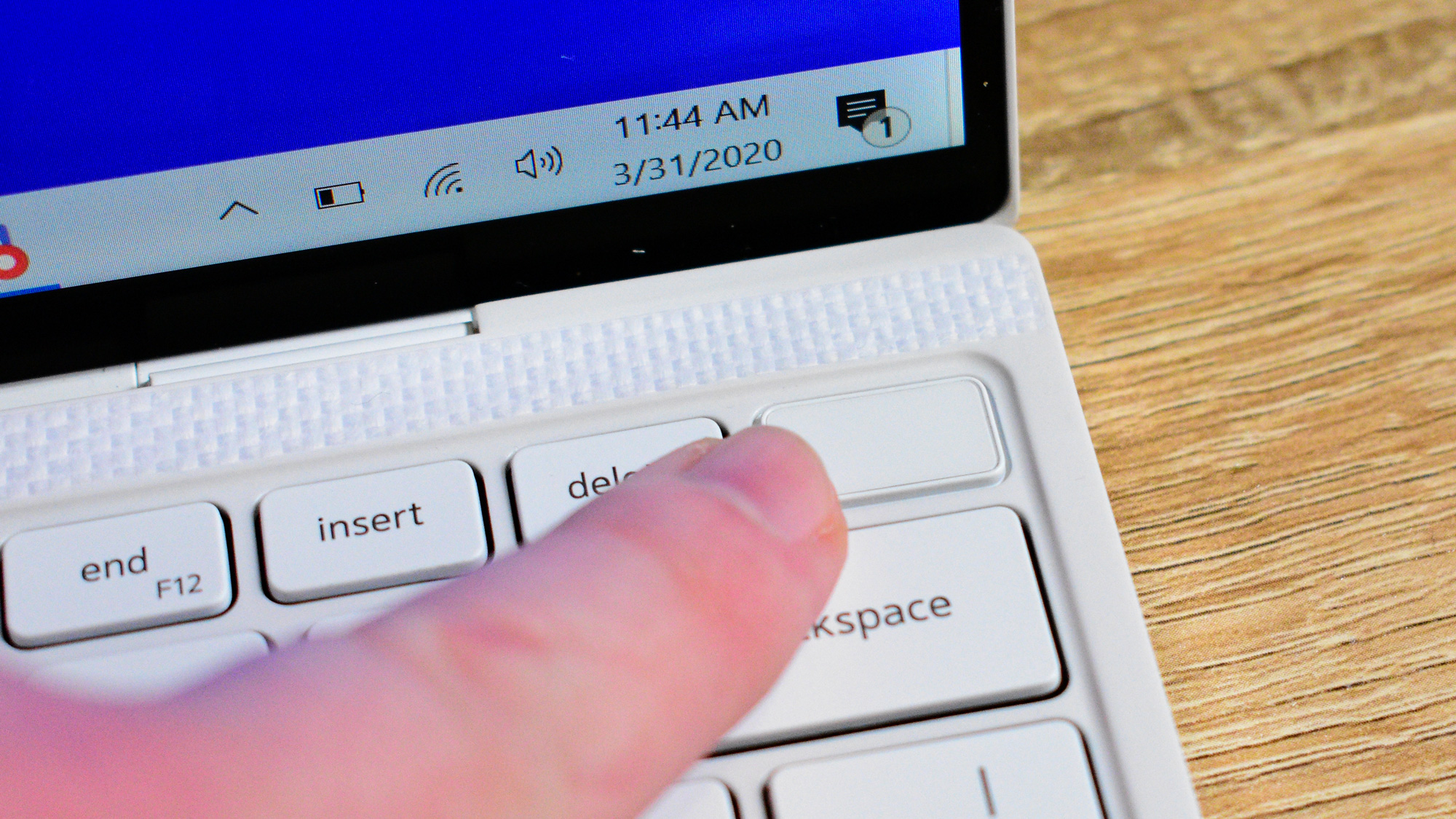
Design
This will probably not surprise anyone, but the Dell XPS 13 is an absolute stunner. Not only is this laptop extremely lightweight at 2.8 lb (1.27kg), but it's super thin, too, measuring in at just 0.58 inches (14.8mm) at its thickest point. This makes the Dell XPS 13 an incredibly easy laptop to just throw in your backpack and carry around. However we do have to admit that we didn't actually toss it in our backpack in our testing - thanks to that social distancing.
But there's dozens of laptops out there that can say they're thin and light, where the XPS 13 really excels is in other areas of the design. There is very little in the way of wasted space here, as the keyboard extends nearly to both edges of the laptop, along with a healthily-sized and incredibly smooth touchpad.
The keyboard itself is again a winner, with key travel that is just deep enough to be comfy without having to make compromises to the portability of the laptop. The touchpad, too, is pretty incredible. It's not on the level of, like, a MacBook Pro, but no Windows 10 laptop has ever even come close to that. For the most part, tracking is incredibly smooth and accurate, and the buttons don't feel as mushy and weak as they do with other Windows laptops.
Likewise, the display is a thing of beauty. We reviewed the Dell XPS 13 with a 1080p touch display and it is without a doubt one of the brightest, most colorful displays we've seen in a while. Sure, the 4K model probably looks better, but we struggle to really see the point in getting a 4K display in a 13-inch laptop anyway. When we got the laptop ready for its battery test, we set the display brightness down to 50% - and we just left it there. The laptop was set to 100% brightness when it was first pulled out of its box, but it's more than bright enough for our work at 50%.
We wish the same could be said for the speakers, however. For some reason Dell continues to kneecap its most premium laptop by putting the speakers on the bottom of the device. Especially when there's a little strip right above the keyboard where the speakers would genuinely fit. They don't sound great.
For a bit of background, Dell is hyping the Dell XPS 13 as being part of its Dell Cinema program, aiming to bring pristine video and sound quality for folks that want to watch a lot of content on its laptops. The video part of that equation is definitely there - everything simply looks amazing on the Dell XPS 13 display. But wow that sound is not there.
The speakers on this laptop are probably going to be pretty decent for watching a quick YouTube video or binging some Netflix in the middle of the night when you're too stressed to actually sleep. But if you really want to enjoy your media, the speakers aren't going to cut it.
Listening to Toxic by Britney Spears, the speakers on the XPS 13 almost completely stripped out the bottom end of the track. And that track without the booming bass - what's even the point? Even less bass-dependent tracks like Cirice by Ghost sound like they've completely lost their teeth. Just imagine, you're watching the latest Hollywood action movie and an explosion just sounds like a gust of wind.
Watching the last action scene in Thor Ragnarok, even when the giant demon thing bursts out of the castle in Asgard, the sound leaves so much to be desired. One of the most bombastic scenes in the history of Marvel sounds boring on the XPS 13. If you're going to watch your favorite movies on the XPS 13's gorgeous display, please, for the love of everything good: wear some of the best headphones.
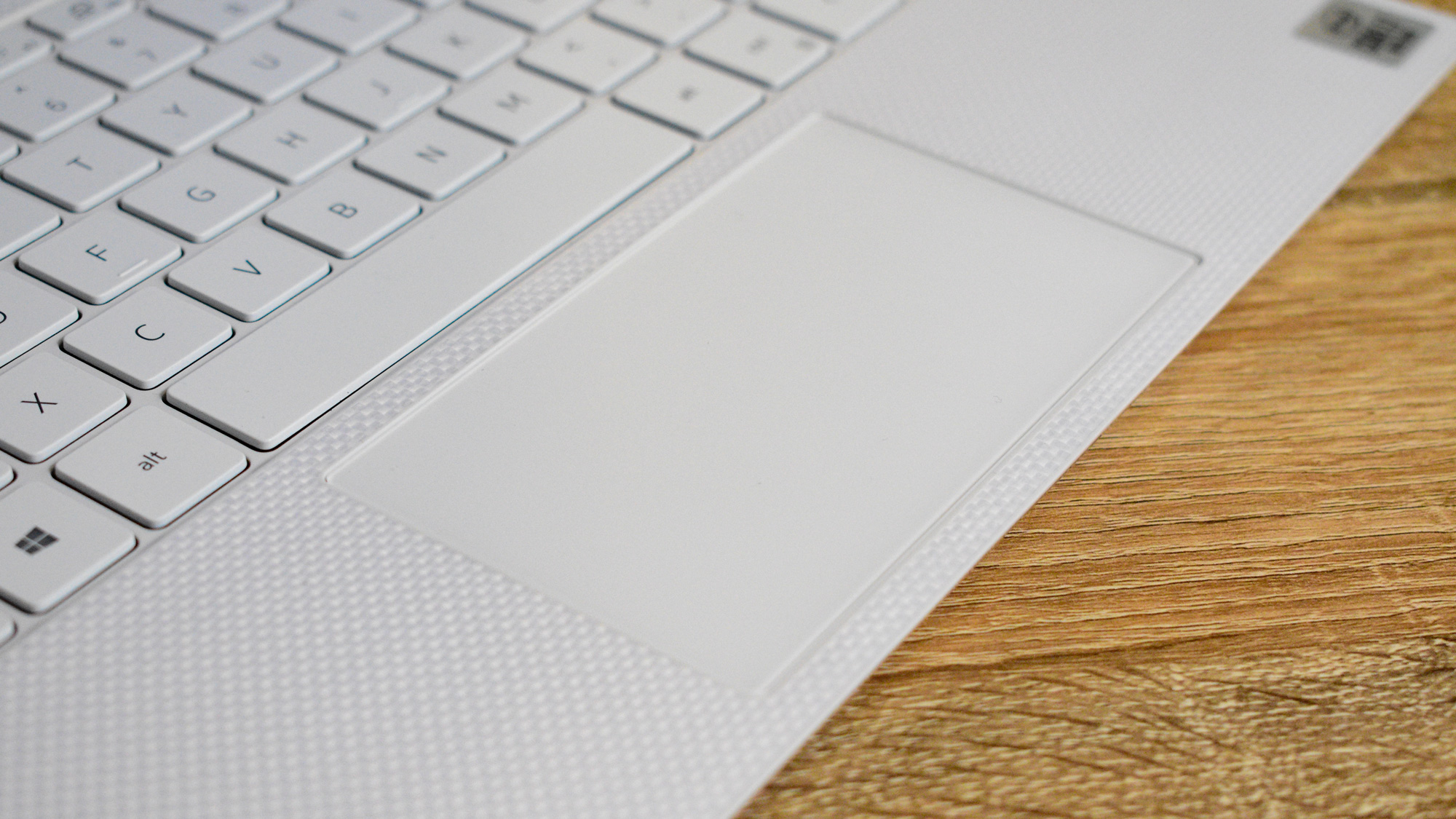
Moving on.
There's an annoying trend in current laptops to cut down ports in the name of portability, and the Dell XPS 13 is definitely guilty of that. You're getting two Thunderbolt 3 ports, a microSD and a headphone jack. That's it. That's admittedly more than many other laptops on the market right now and there's not really any space on the laptop for more, it just means you'll have to live that adapter life.
Like previous versions of the XPS 13, the top of the keyboard deck is covered in this composite fiber palm rest. This is pretty comfy, but it is definitely something that will get gross over time.
Ultimately, the Dell XPS 13 is a premium device aimed at folks that want to get lightweight computing done and look good while doing it. And, really, it ultimately succeeds. It's a beautiful piece of kit, we just wish Dell would take audio seriously for once.
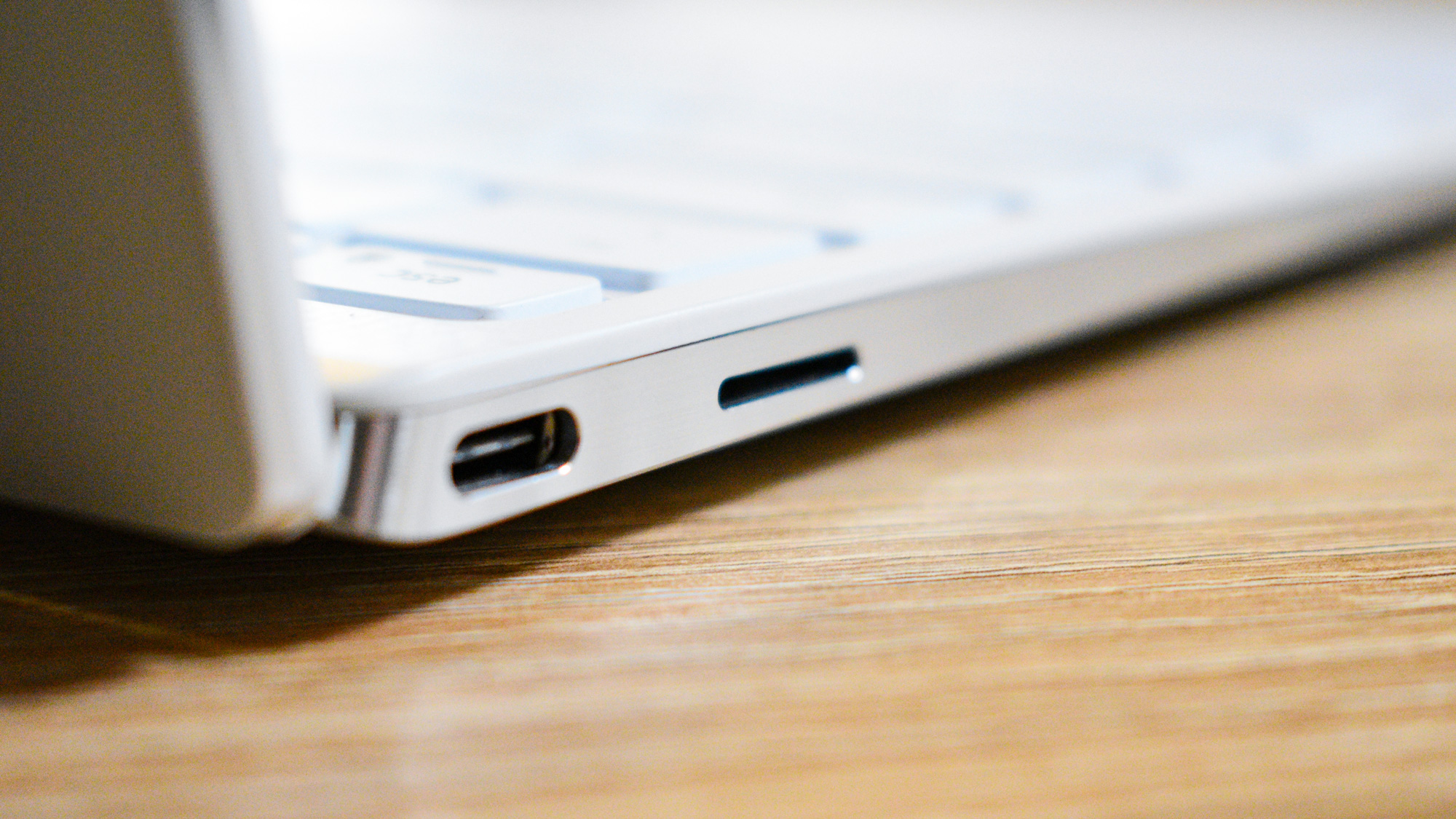
Here’s how the Dell XPS 13 (2020) performed in our suite of benchmark tests:
Cinebench R20 CPU: 1,700 points
Cinebench R15 CPU: 760 points
3DMark Time Spy: 901; Fire Strike: 2,856; Sky Diver: 10,066
GeekBench 5: 1,251 (single-core); 4,781 (multi-core)
PCMark 8 (Home Test): 3,890 points
PCMark 8 Battery Life: 5 hours 35 minutes
Battery Life (TechRadar movie test): 9 hours 40 minutes
Performance
The Dell XPS 13 we got for review is rocking an Intel Core i7-1065G7, a 4-core, 8-thread mobile processor built off of Intel's Ice Lake architecture. And, well, it's fine.
This little processor provides enough juice to power you through pretty much any mundane computing task, but might struggle in super heavy workloads like video editing. But, there's one key feature to Ice Lake that should be noted: the GPU.
The Intel Gen11 graphics, or "Intel Iris," are supposedly about 2x more powerful than the integrated graphics found in last-generation Intel Whiskey Lake processors. That definitely sounds impressive, and the fact that this laptop can score a healthy 2,856 points in Time Spy compared to the LG Gram 17 2019's 1,094 backs up Intel's claims. Still, this is very much not a gaming laptop.
The Dell XPS 13 might be able to handle some esports titles at 720p, but you're not exactly going to be getting killer Doom Eternal PC performance is all we're saying.
Raw CPU performance is another interesting story. Ice Lake in general is targeted more towards media consumption than raw performance, which is what its sister architecture Comet Lake is meant for. This means that in benchmarks like Cinebench and Geekbench see slightly lower scores than 8th-generation.
As for what that's like in practice, we were able to have dozens of Chrome tabs open in a panicked bid to keep up with work without having the laptop slow down even a little.
What is super impressive, however, is that there is virtually no heat that transfers up to the keyboard or trackpad. Now, while the bottom of the trackpad does warm up quite a bit when it's working hard, the keyboard feels just as cool after 8 hours as it does when we first open the laptop up at the beginning of the day.
Even some of the best-cooled laptops will transfer some heat to the top-side of the chassis, but we're super impressed by how well the Dell XPS 13 handles this.
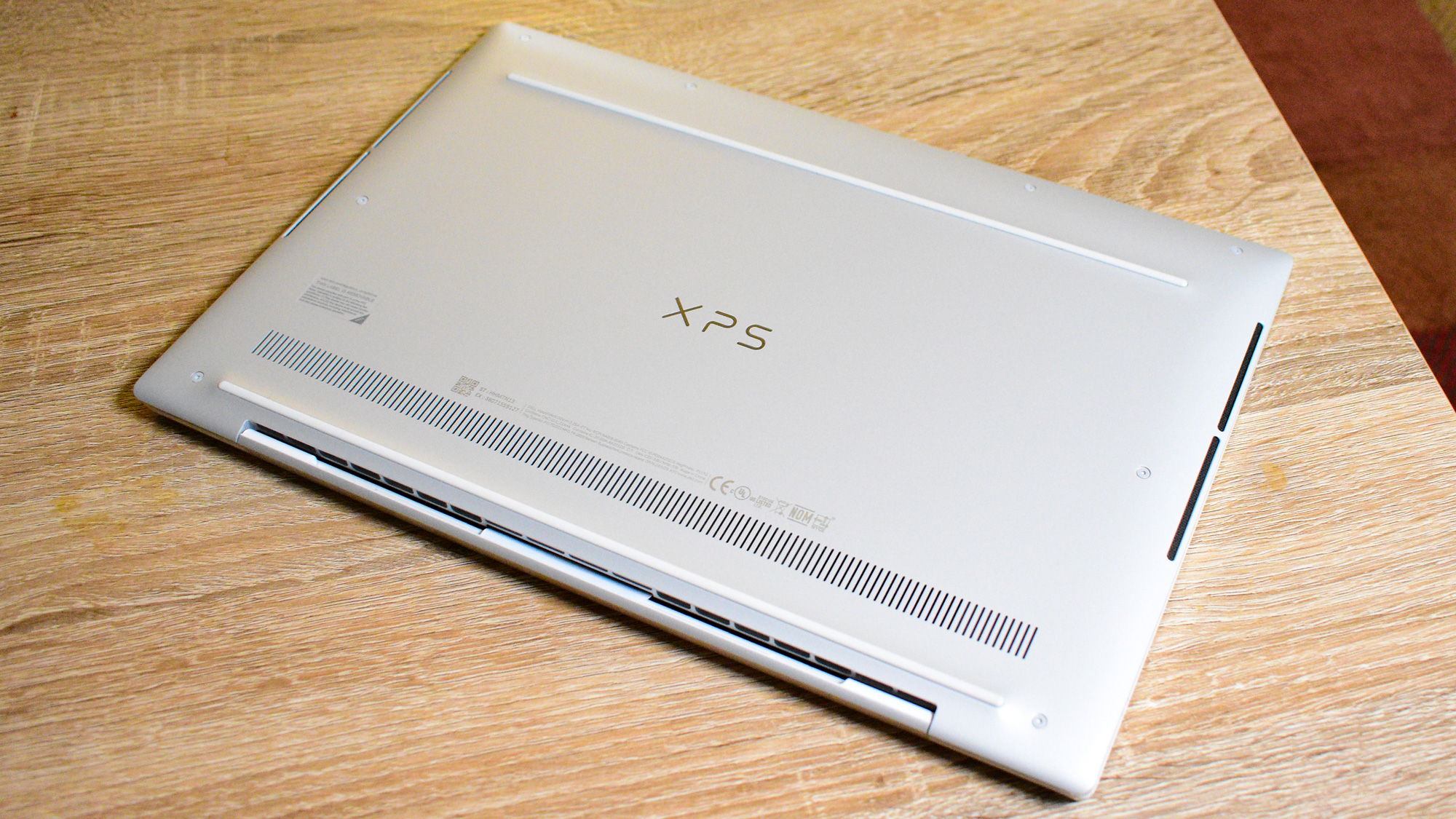
Battery life
Sure, the Dell XPS 13 performs extremely well, but because this is such a portable laptop, you'd expect long battery life so you could carry the laptop around for a long time without worrying about carrying around a charger.
And, well, the XPS 13 largely delivers. In our movie test, the Dell XPS 13 lasts a respectable 9 hours and 40 minutes, and even in the more demanding PCMark 8 battery test lasts just under 6 hours.
Benchmarks only tell so much of the story, though. What's really impressive is how well the battery keeps up with our daily work. We're not exactly easy on the laptops we test, loading up chrome with dozens of tabs and listening to music - and we have no problem getting through a full day of work, with some battery left over for the next morning.
If you're looking for a laptop to take to the office with you, where you can chill and watch some Netflix on the train home, the Dell XPS 13 makes a pretty good case for itself.
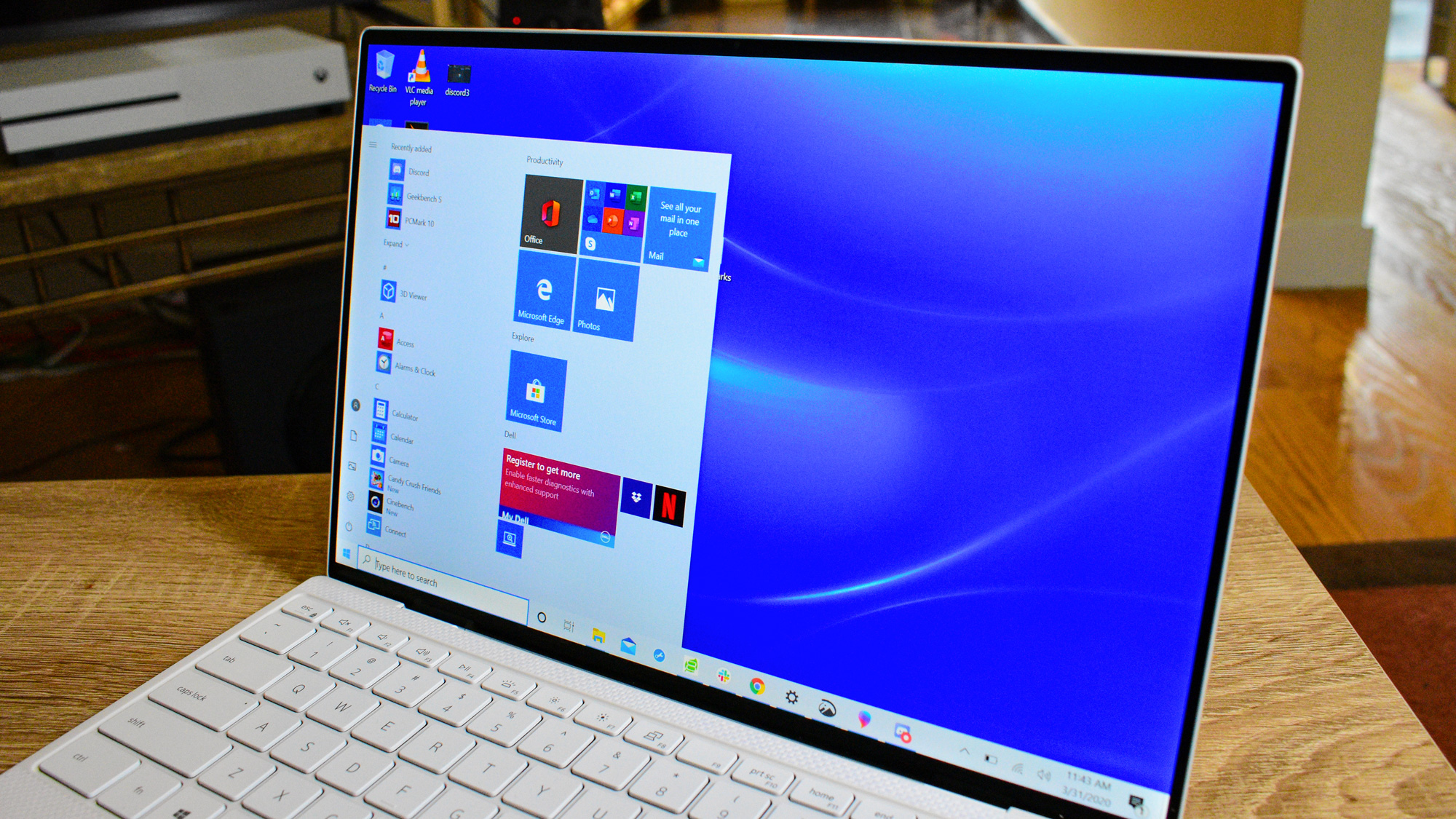
Software and features
Because the Dell XPS 13 is a flagship, it's not bogged down with a ton of needless bloatware. However, there are a few pieces of software that offer some good ease of life bonuses.
Of course you have update assistants and customer service apps, but one of the most unique pieces of software here is Dell Cinema Guide. This allows you to basically collect all your streaming services under one app, and search for movies or TV shows you want to watch through all the libraries at once. Not exactly the most vital piece of software in the world, but we have to admit its pretty cool.
Beyond that, the Dell XPS 13 features both versions of Windows Hello, with a fingerprint scanner above the backspace key that doubles as a power button, along with a IR-capable webcam that can scan your face to let you into the device.

Buy it if...
You're after something fancy
The Dell XPS 13 is without a doubt one of the most premium-feeling laptops we've laid hands on, and it will doubtless get some glances at the local coffee shop. It's a laptop you'll want to show off.
You want a beautiful display
Dell excels with its display yet again, delivering a panel that's bright and color accurate. And, with the tiny bezels, your entire view will be screen.
You want something lightweight
This is an incredibly thin and light laptop, making it super easy to carry around wherever you have to go. If you want a competent computing device that feels like a feather, this is it.
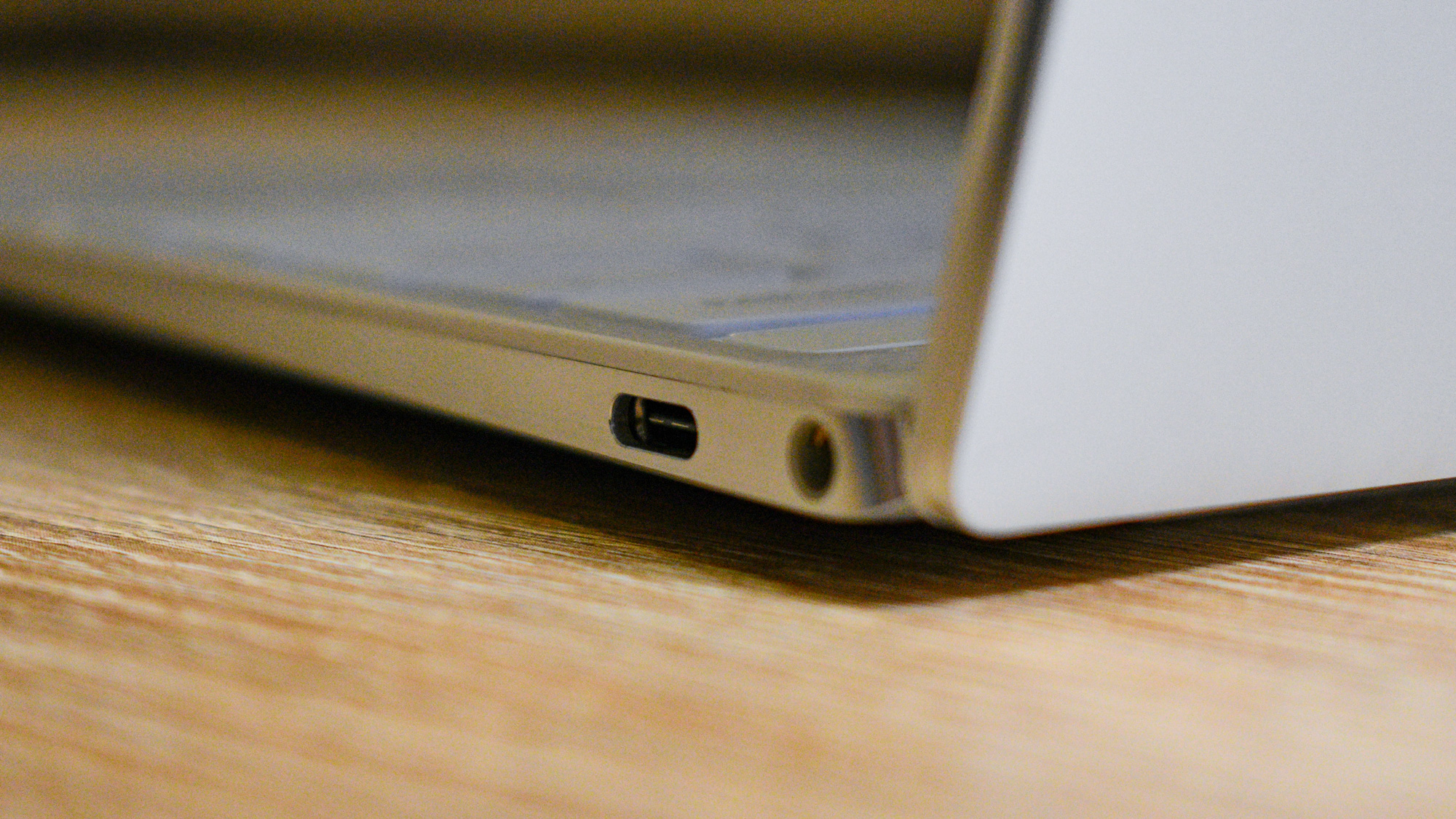
Don't buy it if...
You're on a budget
The Dell XPS 13 is a premium device, and with that comes a pretty steep price tag. You can get the same level of hardware elsewhere for less cash.
You want great laptop audio
Dell chose to put the speakers on the bottom of the laptop again, which means that audio quality isn't great. You can get around this by using some headphones, but when you're paying this much, we'd like to see better built-in speakers.
- Check out our Dell promo codes to get the best deal on your next purchase.
Jackie Thomas is the Hardware and Buying Guides Editor at IGN. Previously, she was TechRadar's US computing editor. She is fat, queer and extremely online. Computers are the devil, but she just happens to be a satanist. If you need to know anything about computing components, PC gaming or the best laptop on the market, don't be afraid to drop her a line on Twitter or through email.
